Scoliosis Surgery: What Scars And Recovery Look Like From A Real Patient's Point Of View
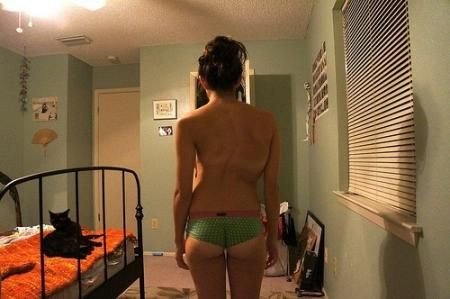
Scoliosis, a sideways curve of the spine that may take the form of a letter “C” or “S”, is a common condition affecting many pre-teens and teens. In some cases, patients will have surgery to lessen the curve and prevent it from worsening. One patient bravely revealed photos of both her pre-op and post-op body in postings to Imgur. Teens considering the surgery for themselves might want to see the simple story of how someone else successfully moved through both her surgery and her recovery period... not an easy thing to do for anyone!

The sad truth is a scoliosis curve does not straighten on its own, and for this reason a doctor may begin by recommending a brace to prevent a curve from getting worse. According to the American Academy of Orthopedic Surgeons, bracing is generally used when a pre-teen (or teen) still has a lot of growing ahead, or when they have a curve that is progressing or a moderate curve (from 25 to 40 degrees).
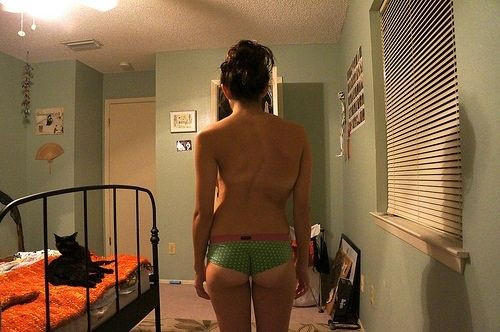
Bracing for scoliosis may keep a curve from growing large enough to require surgery, and in most cases a curve gets smaller while held in a brace. After the bracing treatment ends, the curve will remain small for some rare teens, but unfortunately for most, the scoliosis curve will eventually return to its original size. In other cases, the curve will actually grow worse even during the bracing treatment.
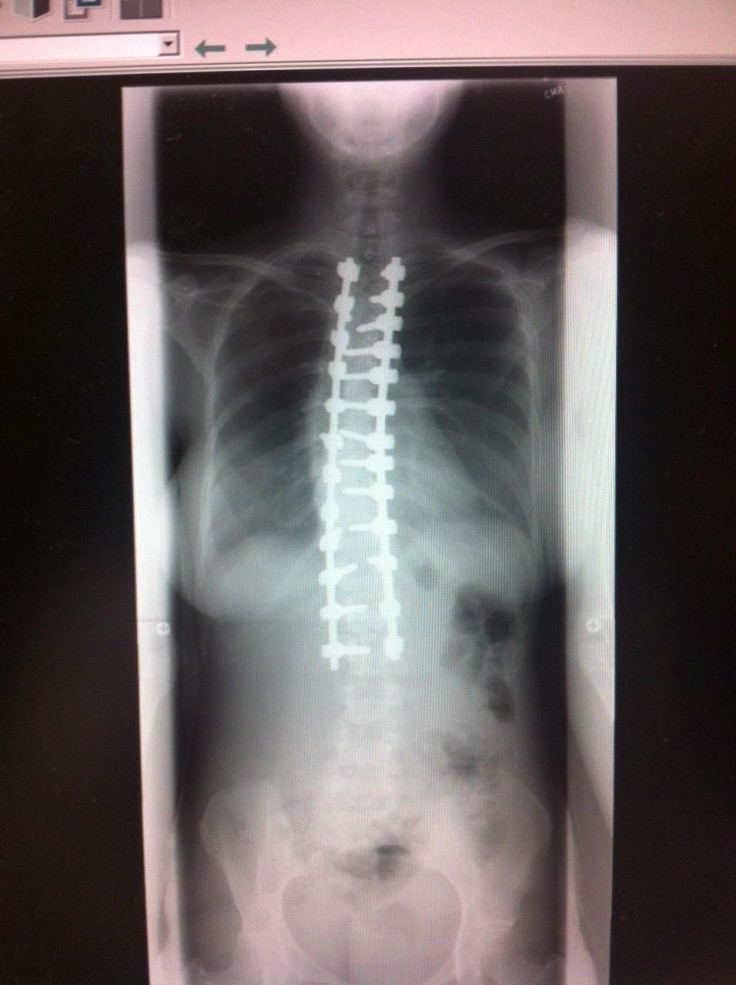
Scoliosis surgeons recommend surgery for children with severe curves (50 degrees and higher) to both lessen the curve and also to prevent it from getting worse. (Curves between 40 and 50 degrees fall into a grey area and are usually discussed with your individual doctors.) The operation is known as a spinal fusion, which is a type of "welding" process that fuses together the curved vertebrae into a realigned position. When the spine heals, it is welded into a single, solid bone. Even this operation cannot make the spine completely straight.

The amount of correction from surgery depends on how flexible your curve is to begin with, and this can be measured before the procedure is performed. More flexibility results in a better, straighter outcome. Most patients end up with a remaining curve after surgery of less than 25 degrees. This is small enough to be hardly noticeable.
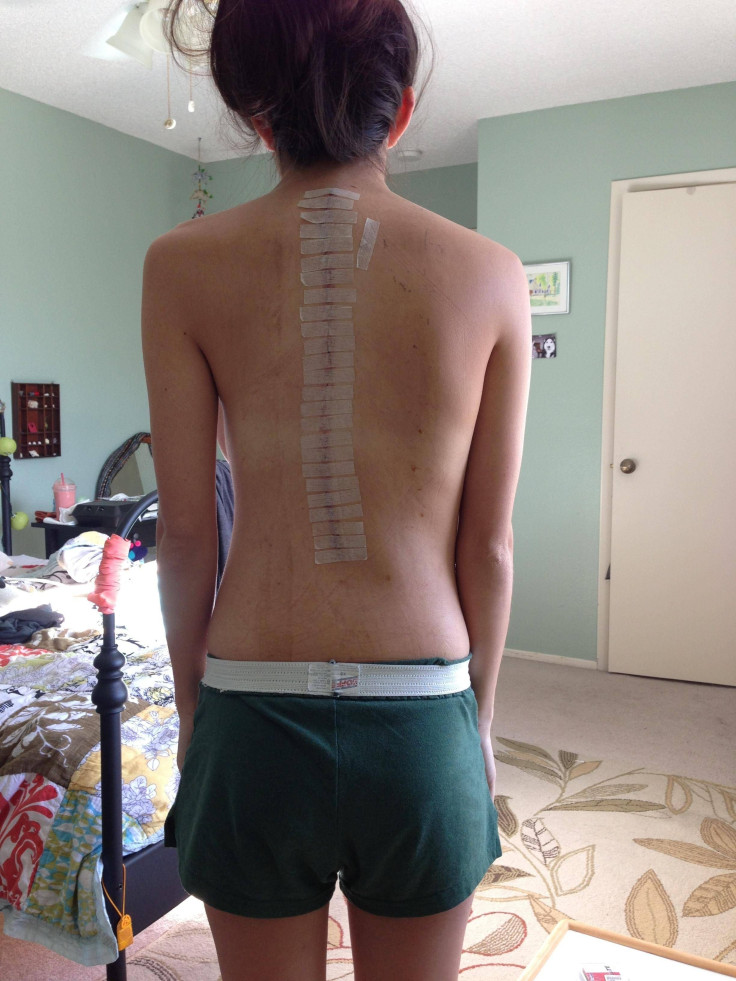
The surgery takes anywhere from four to 12 hours. The pain can be difficult at first but will improve after the first few days. The Scoliosis Research Society reports that most patients will be able to get up and even walk around well enough to go home by the third or fourth day. Many teens return to school within two to three weeks. After that, it usually takes anywhere from six months to a full year for most teens to be able to continue with all their routine activities.
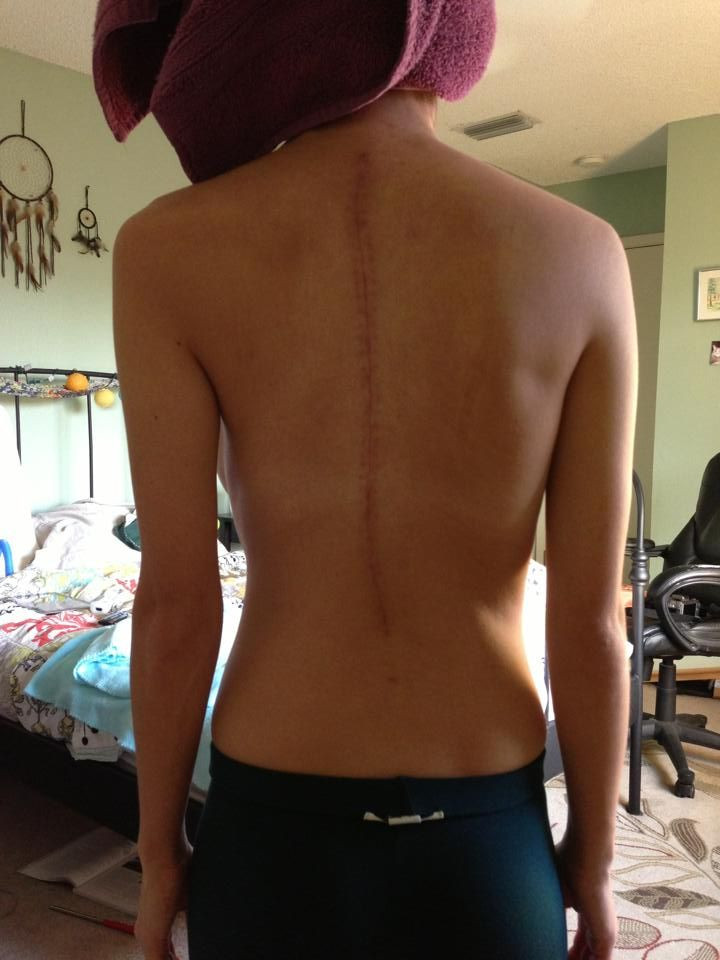
Congratulations to FrankeNeko on her surgery and recovery. She deserves kudos for freely sharing her experience online in order to help and encourage others to face this difficult decision.



























